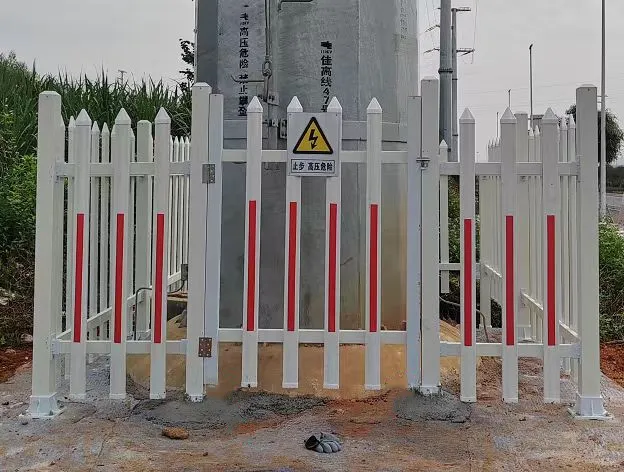loading...
- No. 9, Xingyuan South Street, Dongwaihuan Road, Zaoqiang County, Hengshui, Hebei, China
- admin@zjcomposites.com
- +86 15097380338
- Welcome to visit our website!
Fiberglass Reinforced Plastic Mesh Grating for Enhanced Strength and Versatility in Industrial Applications
Exploring FRP Mesh Grating A Versatile Solution for Modern Applications
Fiber Reinforced Polymer (FRP) mesh grating is a groundbreaking material that has garnered attention in various industries for its exceptional properties and versatility. Composed of a robust composite material that integrates fiberglass reinforcement within a polymer matrix, FRP grating offers numerous advantages over traditional materials such as steel and aluminum.
Exploring FRP Mesh Grating A Versatile Solution for Modern Applications
Durability is another key feature of FRP mesh grating. The material is resistant to various environmental factors including corrosion, UV radiation, and chemical exposure. This makes it an ideal choice for installations in harsh environments, such as wastewater treatment plants, chemical processing facilities, and marine settings. Unlike steel, which can corrode over time, FRP grating maintains its structural integrity and appearance for longer durations, requiring less maintenance and replacement.
frp mesh grating

Safety is a critical consideration in any infrastructure project, and FRP mesh grating excels in this aspect as well. The grating's surface texture provides excellent slip resistance, reducing the likelihood of accidents in wet or challenging conditions. This feature is crucial for locations that experience heavy foot traffic or where spills may occur. Furthermore, FRP grating is non-conductive and fire-resistant, adding an extra layer of safety in industrial and commercial applications.
The aesthetics and versatility of FRP mesh grating also make it an appealing option for architects and designers. Available in various colors, patterns, and sizes, FRP grating can be customized to blend seamlessly into the surrounding environment or to fulfill specific design visions. This flexibility allows for the creation of visually appealing structures without sacrificing functionality. Whether it’s used in parks, walkways, or entertainment venues, FRP grating can enhance the appearance of a space while providing necessary load-bearing capabilities.
Moreover, the environmental impact of FRP materials cannot be ignored. As industries increasingly seek sustainable practices, FRP grating presents a more eco-friendly alternative. The production process of FRP materials often involves less energy consumption compared to traditional materials, and their long lifespan reduces the frequency of replacements, which can lead to less waste. Additionally, FRP can be manufactured using recycled materials, further decreasing its carbon footprint.
In conclusion, FRP mesh grating stands out as a superior alternative in the realm of construction and engineering. Its remarkable strength-to-weight ratio, durability, safety features, aesthetic flexibility, and environmental benefits position it as a leading choice for modern applications. As we continue to seek innovative materials that meet the demands of contemporary infrastructure while addressing sustainability concerns, FRP mesh grating is likely to remain a favored solution across various sectors. With its myriad advantages, it is clear that this material is not just a passing trend but a staple for the future of building and design.
-
The Rise of FRP Profiles: Strong, Lightweight, and Built to LastNewsJul.14,2025
-
SMC Panel Tanks: A Modern Water Storage Solution for All EnvironmentsNewsJul.14,2025
-
GRP Grating: A Modern Solution for Safe and Durable Access SystemsNewsJul.14,2025
-
Galvanized Steel Water Tanks: Durable, Reliable, and Ready for UseNewsJul.14,2025
-
FRP Mini Mesh Grating: The Safer, Smarter Flooring SolutionNewsJul.14,2025
-
Exploring FRP Vessels: Durable Solutions for Modern Fluid HandlingNewsJul.14,2025
-
GRP Structures: The Future of Lightweight, High-Performance EngineeringNewsJun.20,2025
